“Are you sure you’re not gay?” My ex-boyfriend asked me one night while we were sitting in bed. “Definitely not,” I told him.
And at the time, I was sure of it.
A few months later, that relationship ended. And a few weeks later, I came out as pansexual. So much for not being gay.
“I’m terrified of dating women,” I told my heterosexual male therapist, who had zero experience working with LGBTQ+ folks. He couldn’t understand why. After being conditioned to date men my entire life, dating a different gender felt entirely daunting. Be rejected by a man? I could go on. Be rejected by a woman? I wasn’t sure I could handle that. We never got to the root of the issue. But the solution was: Do it even if you’re scared.
And that’s what I told myself I would do. As I was easing into the idea and switching my dating apps to all genders, I decided to keep dating men for a little while until I felt more comfortable. About three months into my dating journey, I met him.
We fell in love instantly. We spent four nights a week together and every weekend together. We both fell hard and fast, ending up in a relationship after three weeks and confessing our love for each other a week later. It was glorious and the love I’d always dreamed about. Plus, he’s bi!
Yet I couldn’t help but think: I never dated any women, and now I’m with a male partner I wanted to spend the rest of my life with. Was I still queer?
As a then pansexual cis woman with no dating experience outside of cis men, I felt imposter syndrome in my queer identity. Could I be queer if I didn’t have any experience dating women? How could I embrace my identity while dating my current partner?
But I was queer, and I knew it with my whole being, despite the gender of my current partner. I began to venture on a journey of style. I chopped my long brown hair into a mullet. I got pierced and my first tattoo. My closet changed from pink crop tops to androgynous style pieces. I looked and felt queer, but I was still in a relationship with a cis man.
Over time, I began to embrace my queer identity despite my relationship and lack of romantic experience with women. I could love anyone and everyone, and I didn’t need my relationship status to prove that. I was queer enough.
It is common for straight-appearing queer people to feel the need to hold back on their queer identity because they don’t face the same oppression that couples of the same-sex do. But our queerness should not defined by the amount of oppression we face: it is determined by who we are. And if we have to leave our queerness at the door for acceptance and can only be accepted in queer communities if we fit specific standards, I would argue we are not accepted at all.
I began to talk about my experience online. Some people didn’t like it. They called me an imposter. Someone even went out of their way to say I was trying to be queer when I wasn’t.
Instead of taking the sentiments to heart, I decided to record it. I spoke about how your current partner does not define your sexuality. You are allowed to be proud of your queer identity, no matter how much experience you have sexually or who you’re in a relationship with. Queerness is not one size fits all.
Turns out, I wasn’t the only one who struggled with not feeling queer enough.
I decided to continue the conversation. I asked followers online why they didn’t feel queer enough. I was astounded by the volume of replies.
Answers ranged from not feeling like a bisexual woman due to being in a relationship or preferring to date men. Some didn’t feel non-binary enough because their queer partner was cisgender and, occasionally, viewed as a straight couple. Some didn’t feel trans enough for not wanting to get gender-confirming surgery. A few felt coming out later in life and the fear of being seen as a wannabe. Or, quite simply, being in the closet.
Turns, facing imposter syndrome in our queer identities is quite common yet rarely talked about.
I decided to double down on making queer acceptance content. This took me further on my journey, and I eventually came out as non-binary. Now, I’m a pansexual non-binary person in a relationship with a bi-man. We still look like a heterosexual couple, but we both know who we are on the inside. And that’s enough.
We choose to embrace our queer identities in different ways. We don’t follow gender norms regarding appearance or gender roles in our relationship. We go to queer and pride events together, do queer art, and experiment with androgynous style.
Though some people still prefer that queerness be fit neatly into categories, such as lesbian women or gay men, there is a multitude of ways to be queer. And that’s why every color of the rainbow represents queer people. Though some of us may face more systemic oppression than others, the struggle does not define our queerness.
We live in a time where those who can openly embrace their queer identities experience great privilege. But these rights hang on a thin line for us all.
And this is all the more reason why we need every single queer person, even those who are ‘straight-appearing,’ to be proud and loud of who they are. Those of us who are less vulnerable have a responsibility to openly embrace our queer identities and advocate for queer rights for all. We cannot afford to leave anyone out of the movement, no matter how oppressed they are perceived to be.
Remember that your queer identity is valid, no matter your sexual or romantic experience, current relationship status, or how the world perceives you. All queer people need to be involved in our movement for equality.
You are queer enough.
Hannah Bee (they/them) is a nonbinary influencer, writer, and speaker. You can support their work by following them on Instagram at @healthybyhannahb or subscribing to their Substack, the Chronically Confident Community.
Voices is dedicated to featuring a wide range of inspiring personal stories and impactful opinions from the LGBTQ+ and Allied community. Visit pride.com/submit to learn more about submission guidelines. We welcome your thoughts and feedback on any of our stories. Email us at voices@equalpride.com. Views expressed in Voices stories are those of the guest writers, columnists and editors, and do not directly represent the views of PRIDE.com or our parent company, equalpride.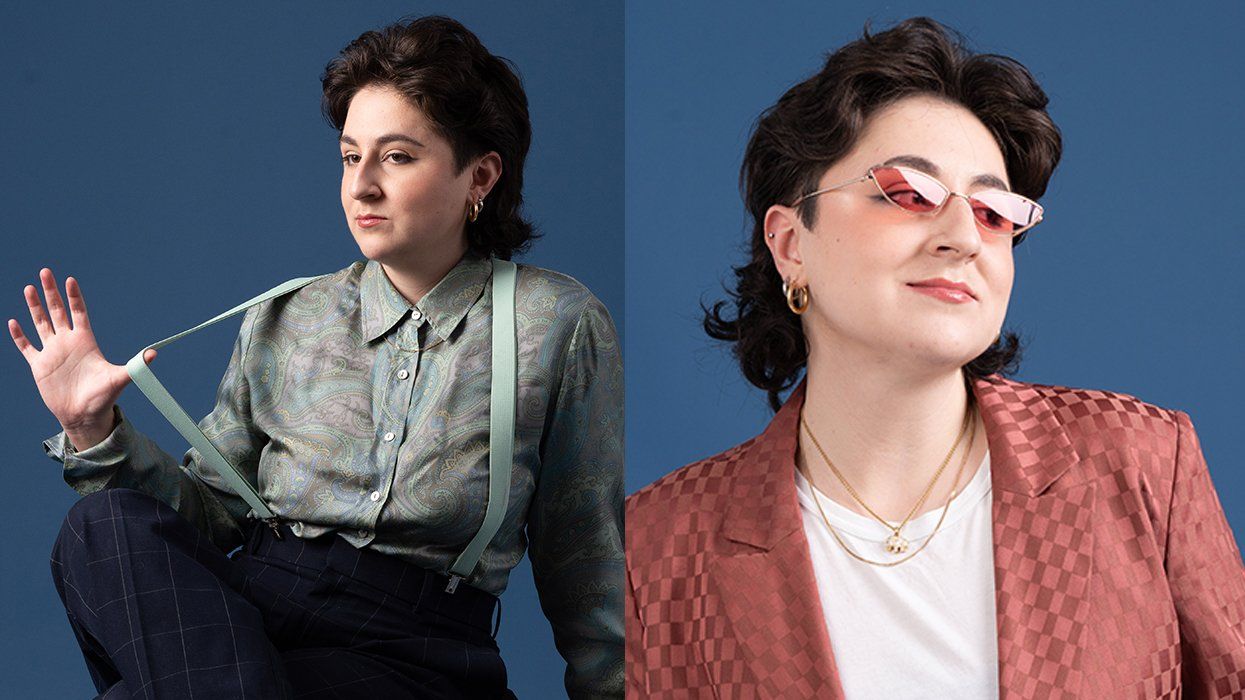





















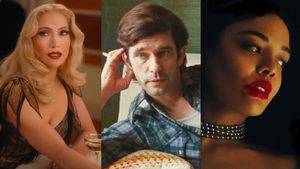

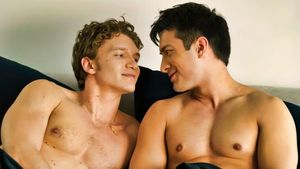






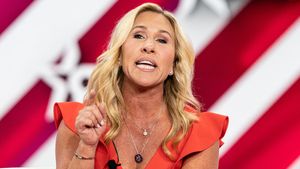



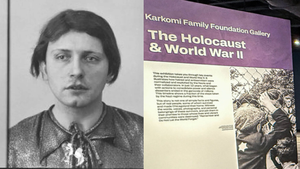

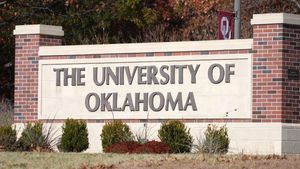



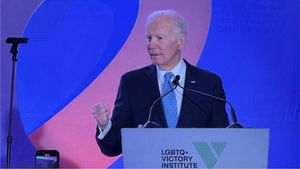
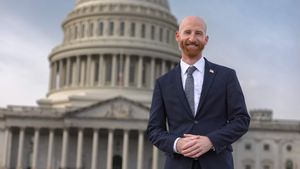


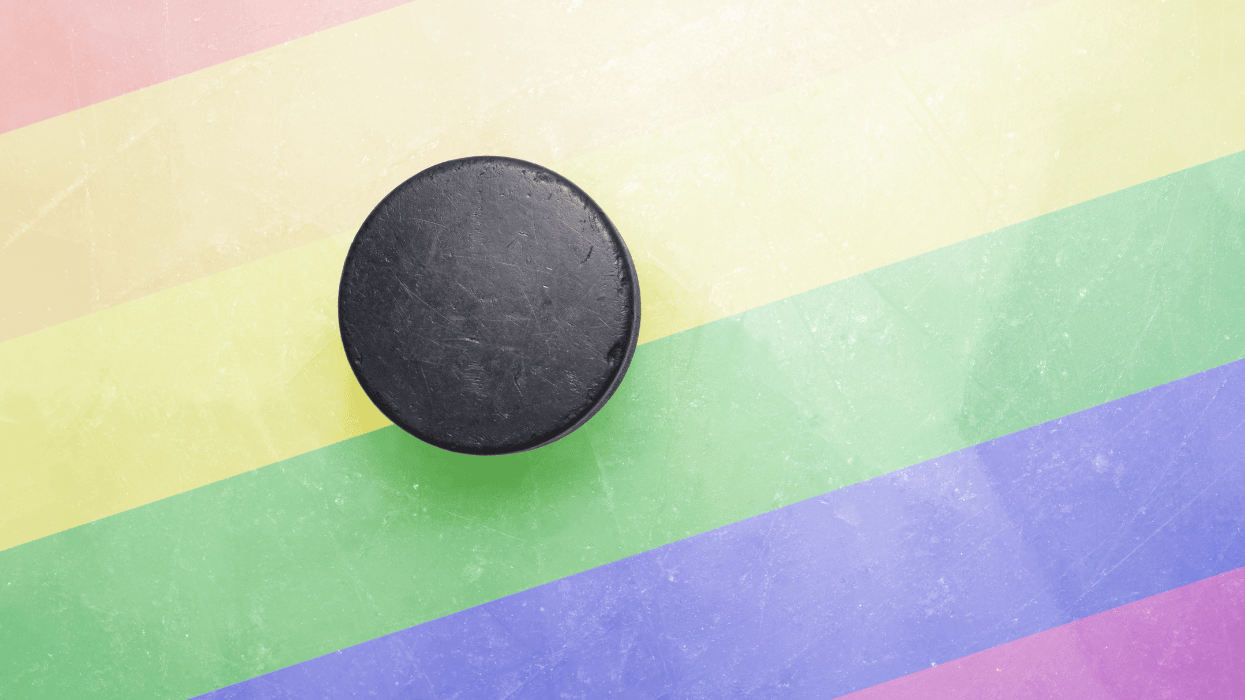

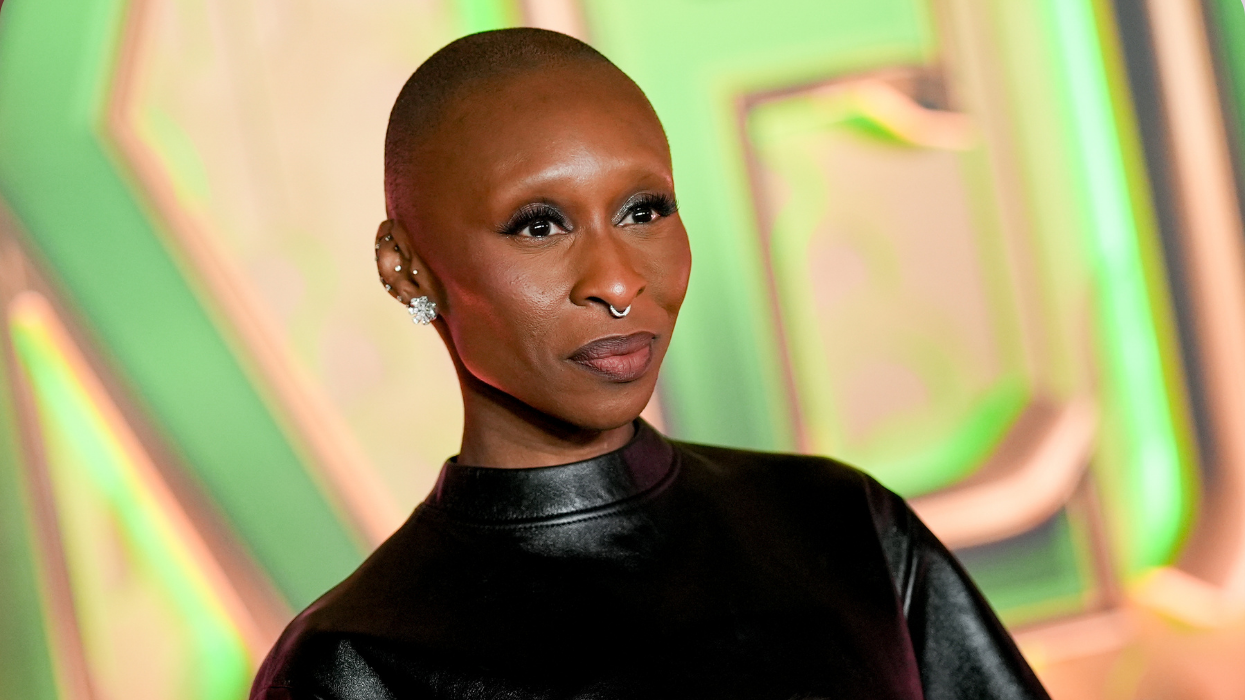
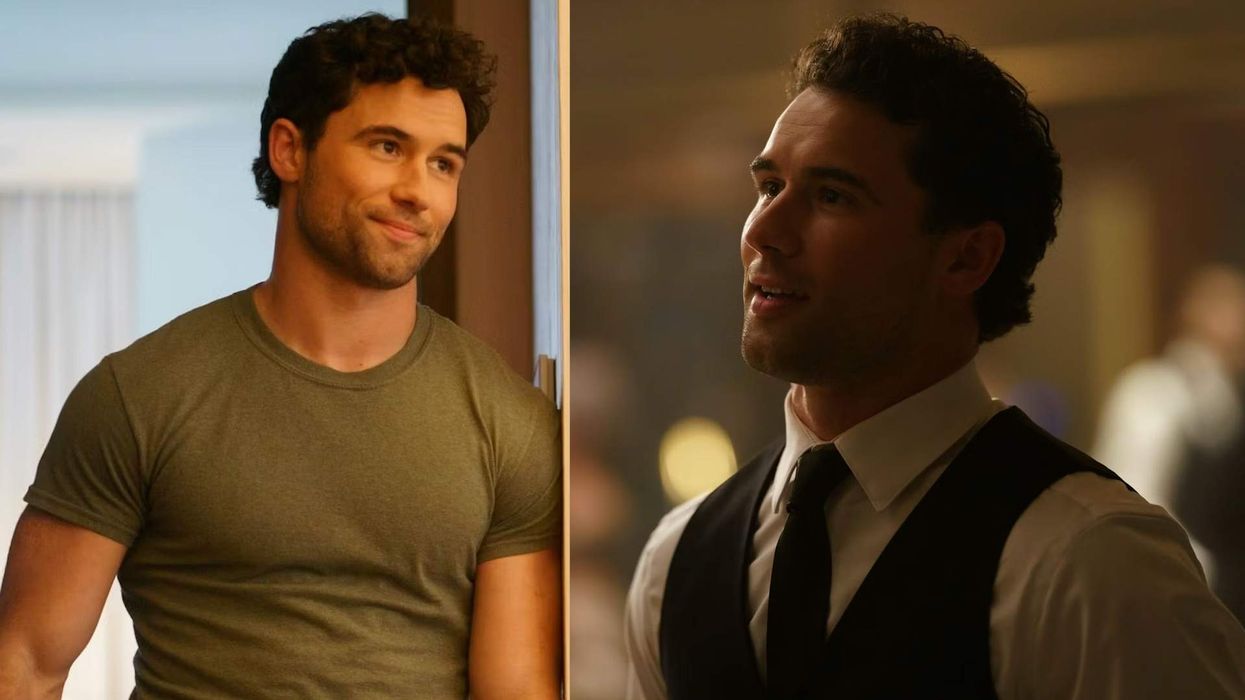


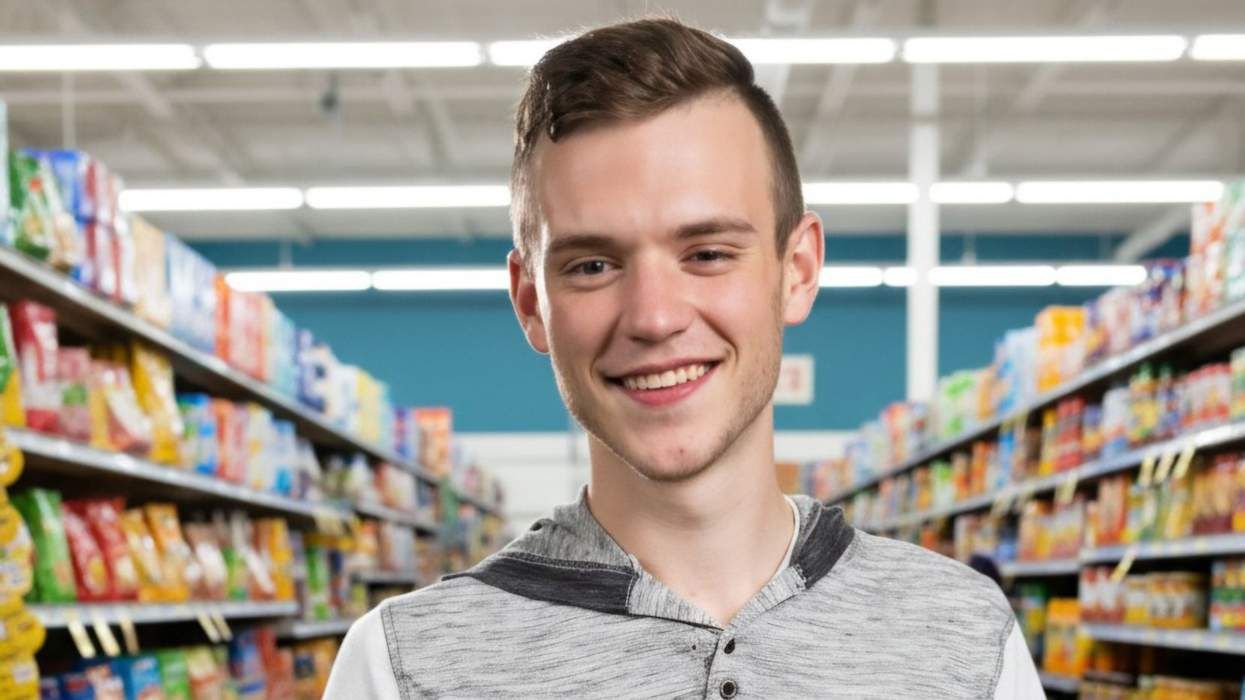
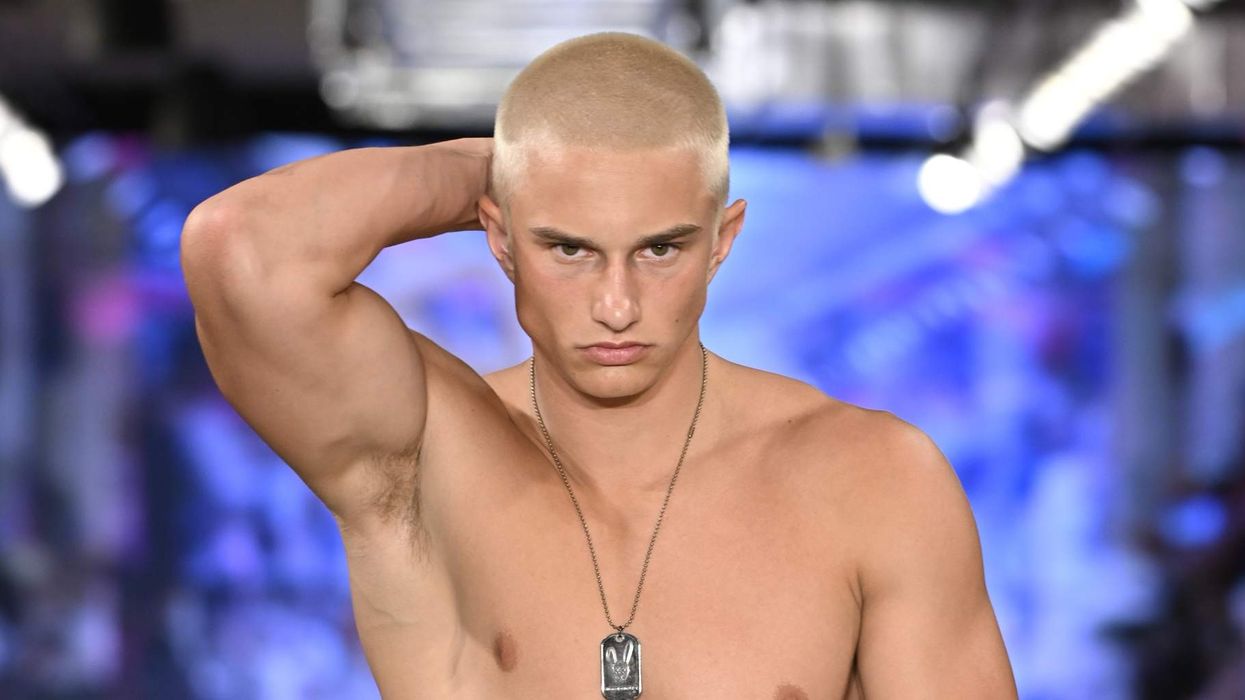

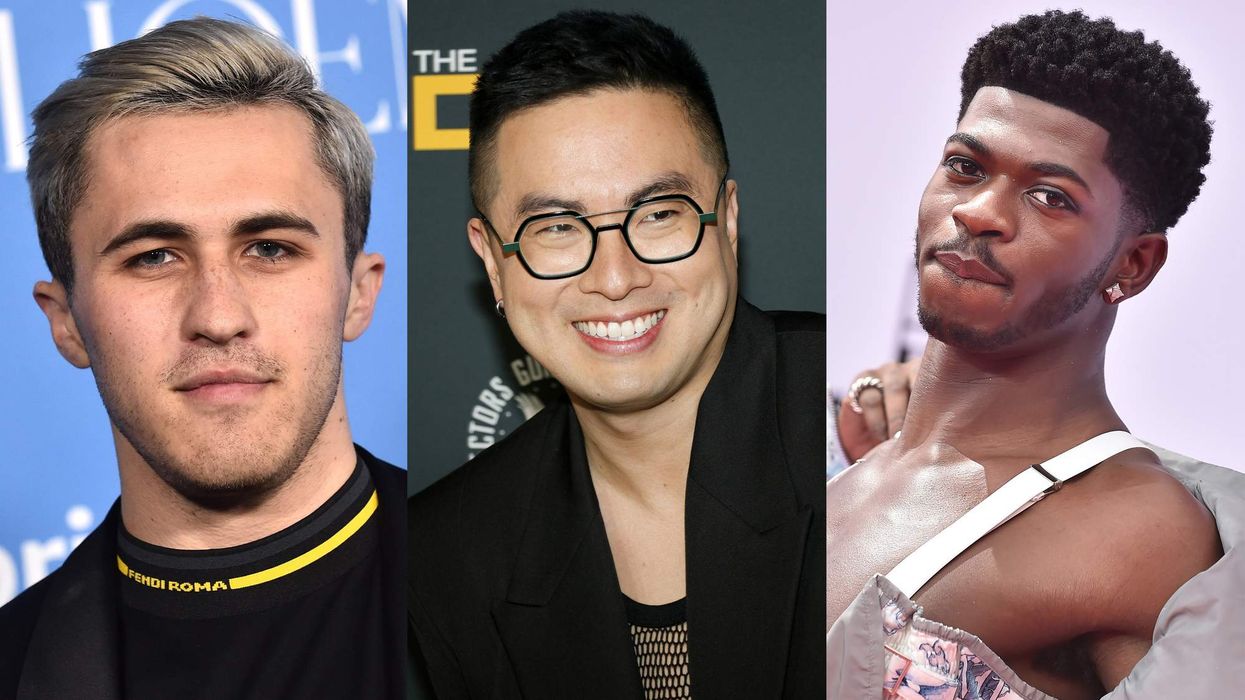

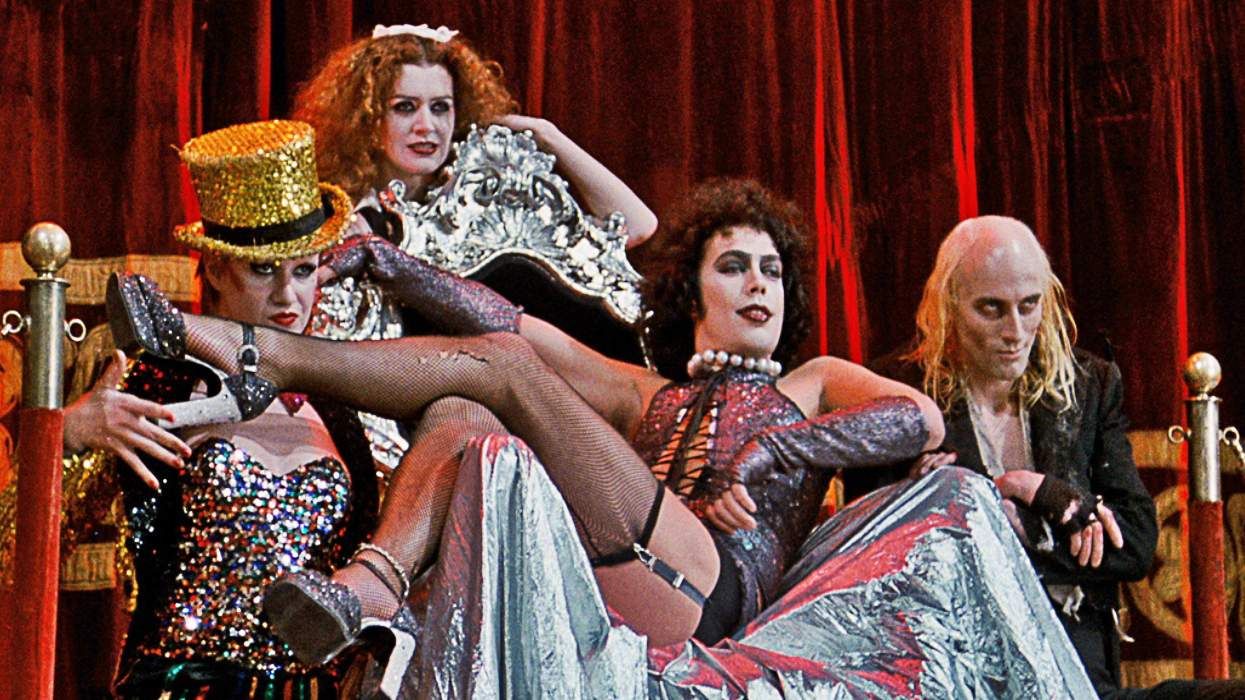
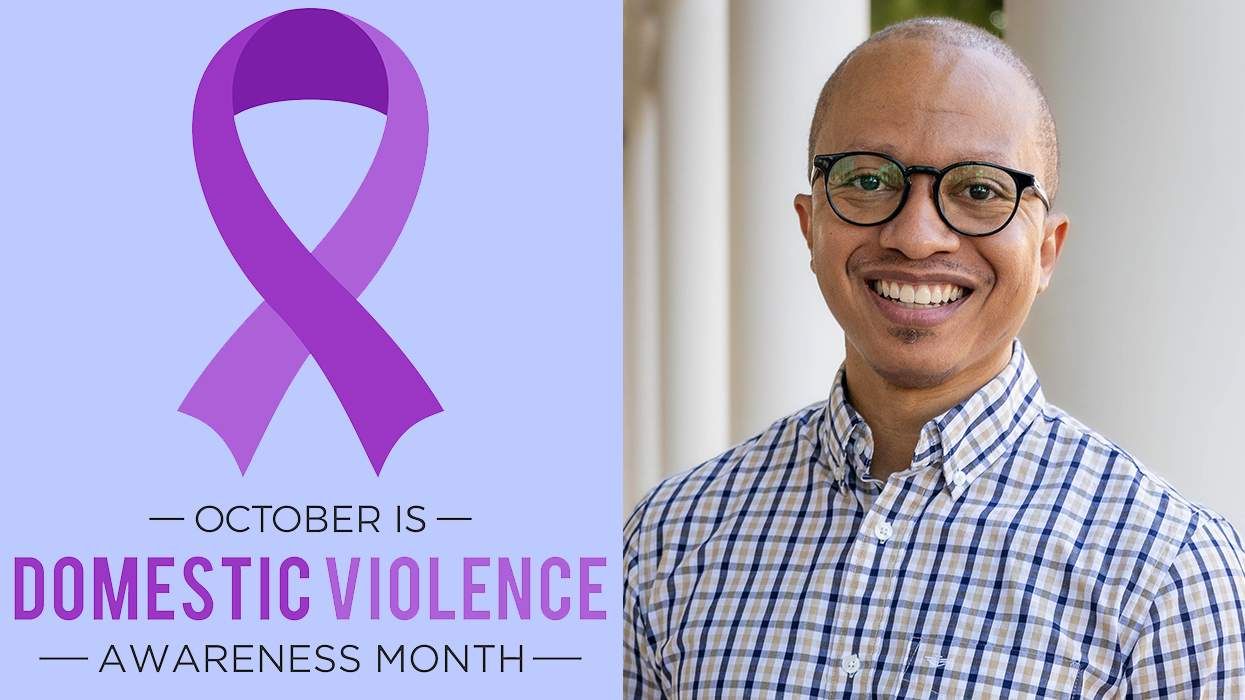
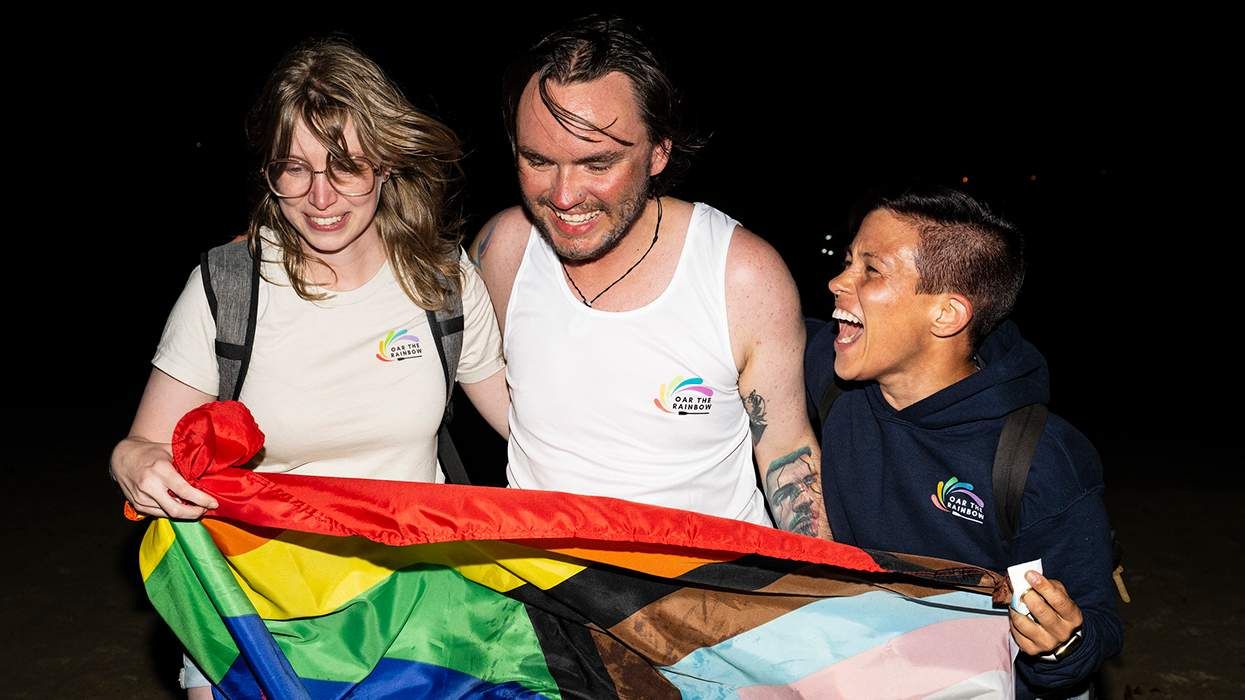
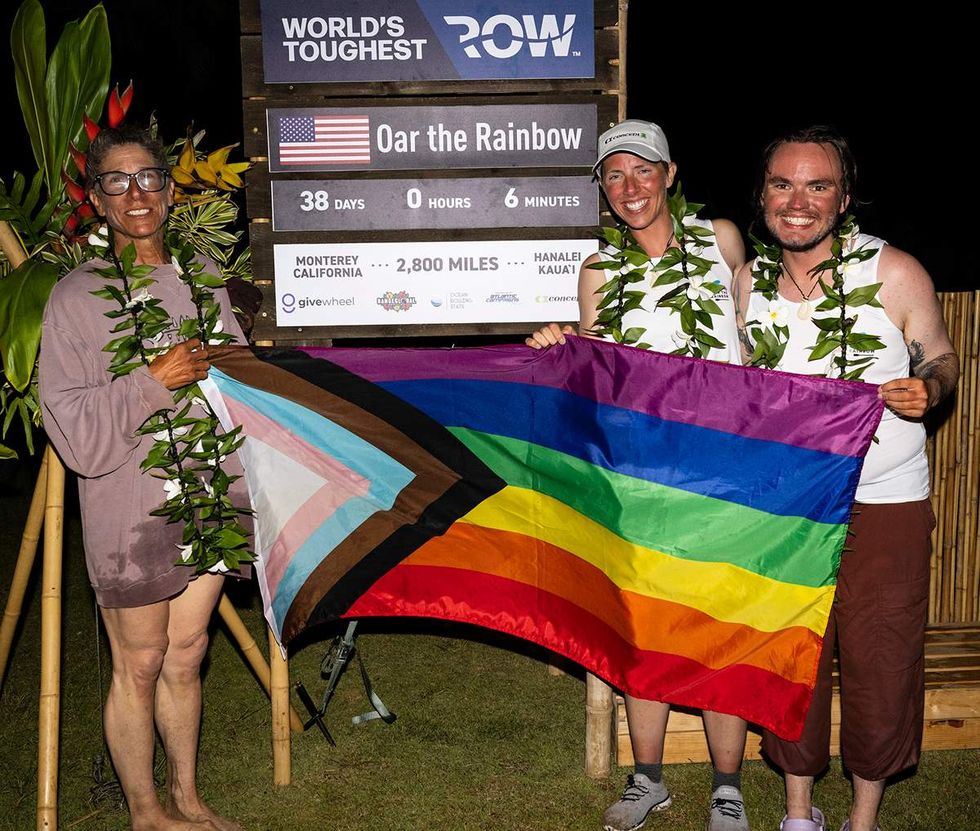 Stulting and fellow 'Oar the Rainbow' teammates completing the 'World's Toughest Row' competition. Courtesy WORLD'S TOUGHEST ROW
Stulting and fellow 'Oar the Rainbow' teammates completing the 'World's Toughest Row' competition. Courtesy WORLD'S TOUGHEST ROW